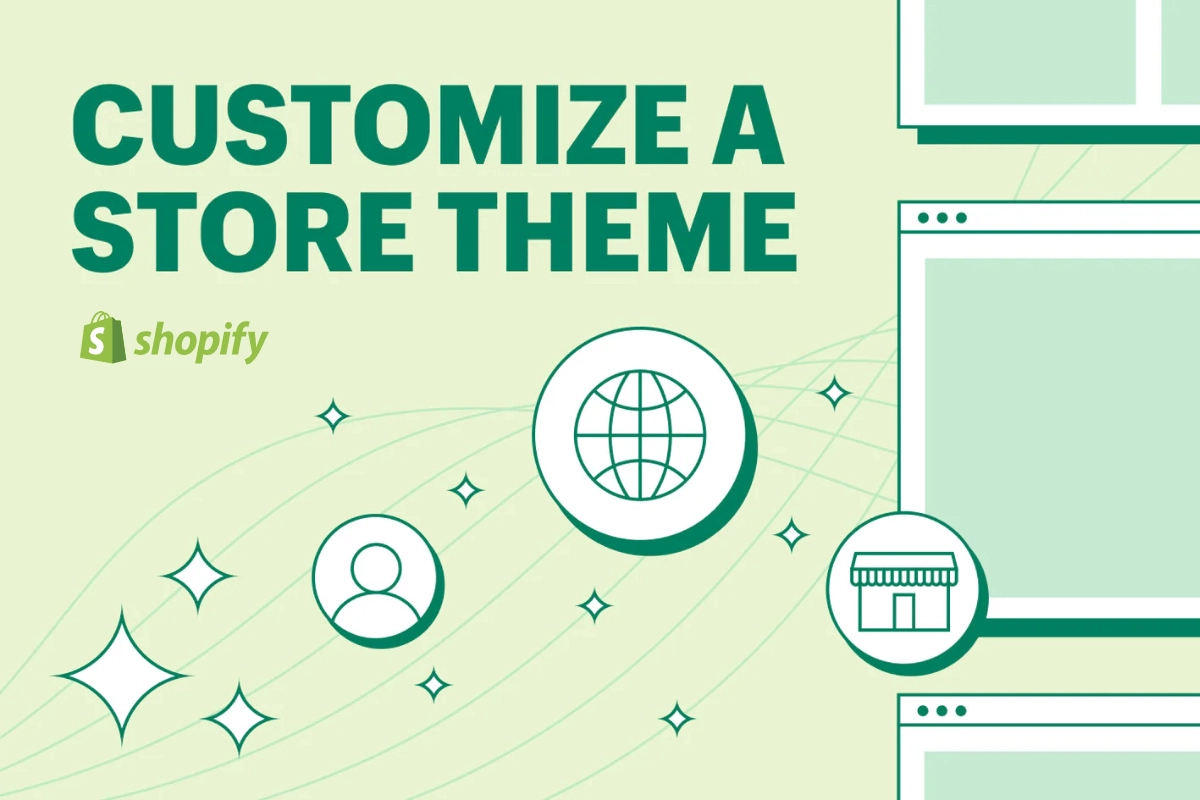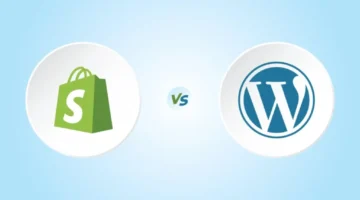Photo by Team TGM
Customizing your Shopify theme doesn’t have to be scary or technical. Whether you’re launching your first store or refreshing your brand, this no-code guide walks you through everything — from changing colors and fonts to rearranging sections and adding features — all with Shopify’s drag-and-drop tools. Let’s turn that default store into your store.
Table of Content:
1. Why Customize Your Shopify Theme?
When I first launched my own Shopify store, I used one of the free themes. It was clean, fast, and responsive — but let’s be honest, it didn’t reflect my brand personality. A good-looking storefront builds trust and helps you stand out.
Here’s why customization matters:
- Brand Identity: Colors, fonts, and layout influence how your brand is perceived.
- User Experience: A tailored navigation or homepage boosts engagement.
- Conversion Optimization: Highlighting key products or testimonials increases trust and sales.
And guess what? You don’t need to touch a single line of code.
2. Getting Started: Accessing the Theme Editor
Here’s how to get into the editing mode:
- Log in to your Shopify dashboard.
- Go to Online Store Themes.
- Click Customize next to your current theme.
This takes you to Shopify’s Theme Editor, where the magic happens visually.
3. Basic Customizations (Colors, Fonts Logo)
From the Theme Editor:
- Colors: Go to Theme Settings Colors. Pick brand-specific colors for buttons, backgrounds, links, etc.
- Fonts: In Theme Settings Typography, choose fonts that are easy to read and match your brand.
- Logo: Upload your store logo from Header Logo Image.
4. Editing Layouts with Drag-and-Drop Sections
This is the best part — Shopify lets you rearrange sections without coding:
- Add or remove sections like slideshows, collections, testimonials, featured products.
- Drag blocks to reorder.
- Use the preview pane to test on desktop and mobile views.
You can even hide or show sections without deleting them — great for running seasonal campaigns or A/B testing layouts.
5. Customize Specific Pages (Homepage, Product, Collections)
Each page type can be customized separately:
- Homepage: This is where you tell your brand story. Add a banner, product grid, testimonials, and blog links.
- Product Pages: Customize how your product images, descriptions, and buy buttons appear.
- Collection Pages: Make your categories more shoppable by tweaking filters, layout style, and featured banners.
6. Adding Features Using Shopify Apps (Optional but Powerful)
No-code doesn’t mean limited.
Need extra features? Try these beginner-friendly apps:
- PageFly – Drag-and-drop advanced layouts.
- Vitals – Add trust badges, reviews, pop-ups.
- Instafeed – Embed your Instagram feed beautifully.
You can install apps directly from the Shopify App Store and customize settings without touching code.
7. Preview and Publish Your Changes
Before you hit publish:
- Preview on mobile and desktop.
- Test navigation and buttons.
- Use the Shopify Theme Inspector (a Chrome extension) to spot performance issues.
Once you’re happy, click Save Publish — and boom, your store has a whole new vibe.
8. Common Mistakes to Avoid
- Don’t overload with too many sections — keep it clean.
- Avoid inconsistent font or color usage.
- Always test responsiveness on mobile.
- Don’t forget to save before switching tabs (yes, learned the hard way!).
Conclusion
Customizing your Shopify theme is one of the most fun and rewarding parts of building your online business. It’s where your ideas come to life — no developer needed.
Choosing the right Shopify plan or refreshing your existing store, remember: your theme is more than just design — it’s your digital storefront. With these no-code steps, your store can truly reflect your brand and boost your sales potential.
-
No! Shopify’s visual editor allows drag-and-drop changes, perfect for beginners.







